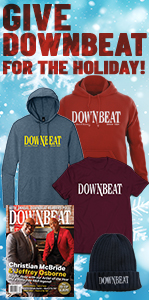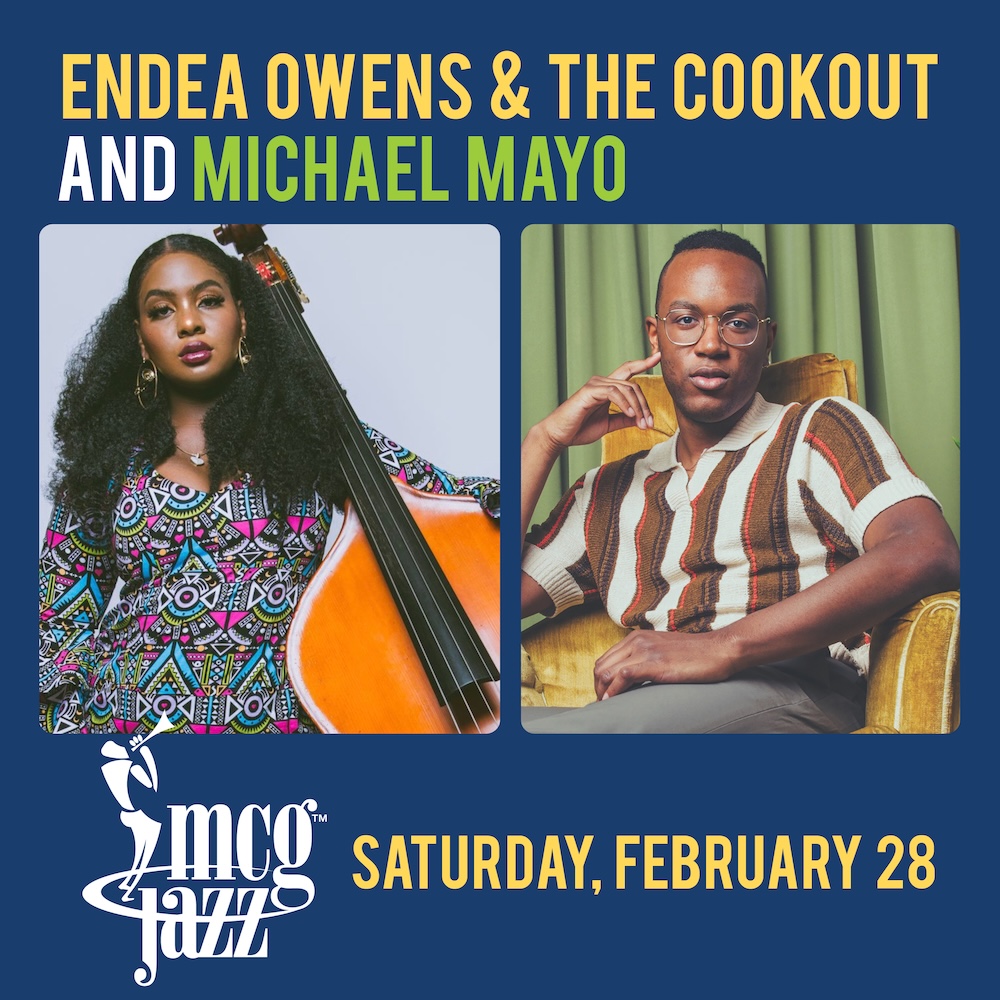Oct 28, 2025 10:47 AM
In Memoriam: Jack DeJohnette, 1942–2025
Jack DeJohnette, a bold and resourceful drummer and NEA Jazz Master who forged a unique vocabulary on the kit over his…
On display at New York’s Winter Jazzfest is not only a variety of styles, repertoires, concepts and generations, but seemingly every imaginable combination of instrumentation, from Miles Okazaki’s solo guitar to the 19-piece Big Heart Machine. And during the second night of the festival’s centerpiece two-night marathon, which ran Jan. 11–12, an interesting string of acts centered on two-person tête-à-têtes. These weren’t necessarily duo performances, per se, but at the core of each were the combined visions of two musicians.
That said, at least one actually was a duo. Anteloper, the merger of free-jazz trumpeter Jaimie Branch and experimental rock drummer Jason Nazary, played a taut, often eerie set at the West Village club SOB’s. Both Branch and Nazary make use of heavy electronics in Anteloper, and they began with a low groaning drone, accompanied by feathered kick drum and some space age sci-fi effects. (Except for the kick, it was hard to see who played what.) Then Branch picked up her Harmon-muted horn, let loose with a riff that crossed Reveille with the blues, and looped herself in real time, so the riff continued after she put the horn down.
Even with all these layers, Anteloper’s set quickly became richly percussive. Dripping with reverb, Branch’s trumpet thrusted and danced on Nazary’s stomping accents, both improvising over an aggressive MIDI-like beat that made the whole affair sound like a dark and twisted video game. At one point, Nazary channeled the groove of James Brown’s “Funky Drummer,” while Branch rolled out chromatically descending synth lines; these, perhaps inevitably, solidified into the Jaws theme.
Pianist Carmen Staaf and drummer Allison Miller’s Science Fair was some distance away from Anteloper: not so much in the 20-minute walk to East Village venue Subculture, but in the music. Science Fair is the pair’s post-bop quintet with saxophonist Dayna Stephens, bassist Matt Penman, and, at this gig, trumpeter Jason Palmer standing in for Ambrose Akinmusire. It is Staaf and Miller’s brainchild, however, and both performers remained central throughout the proceedings. What seemed at first a menacingly overtoned Palmer solo on “What?!” turned out to be a fierce duel with Miller. Similarly, a long, declamatory statement from Stephens actually featured Staaf in a tight-knit interplay.
The leaders’ chemistry was impressive, too. The high cerebral drama of Staaf’s piano solo on “Symmetry” was answered by a haunting low rattle on Miller’s drums. Meanwhile, on “Weightless,” they came together with Penman to develop and sustain a neck-twisting groove. Their simpatico was sealed with a funky duet on “MLW,” Miller playing traps largely with her hands, underscoring Staaf’s blue stomp of melody, written and improvised.
Then came a summit, still at Subculture, so momentous that it only could be billed as such: “JD Allen Encounters David Murray.” Yes, there was a rhythm section: bassist Ian Kenselaar and drummer Nic Cacioppo, the latter contributing a thundering solo or two. But they were nearly window dressing compared to the pairing of intergenerational tenor heavyweights. Unsurprisingly, their enormous saxophone swaggers meshed well, intensifying the already solid swing that erupted from the stage. Of the two, Allen was the more melodic, navigating labyrinthine lines with ease. But Murray had more bite, swooping far outside the forms with his gruff, loose altissimo.
Again unsurprisingly, their set together mainly was a blowing session—a high-octane and largely freeform one, with both players navigating rocky, sometimes hostile courses that the rhythm section nonetheless followed with relish. But it culminated in one absolutely transcendent moment, when Allen and Murray converged on a majestic “Body And Soul.” Murray articulated the opening bars of the theme first, and Allen followed, wrapping it in tendrils more ornate than even Coleman Hawkins attempted. It then fell back to Murray to take the first solo, during which he turned the Johnny Green melody into a rough outline for his squeals, coarsened tone and thickly coated timbre to sketch designs into. Allen, more elegant, nonetheless wandered outside the tune, like tongues of flame from the window of a burning building.
When Allen and Murray came back together for the head out, they weaved around each other like coupling snakes, broke apart with a screech to shadowbox separately, then clinched again for a warm, satisfying close.
It was the meeting of minds that any jazz fan dreams of. DB

Jack DeJohnette boasted a musical resume that was as long as it was fearsome.
Oct 28, 2025 10:47 AM
Jack DeJohnette, a bold and resourceful drummer and NEA Jazz Master who forged a unique vocabulary on the kit over his…
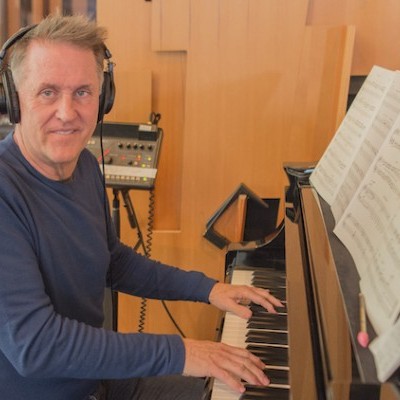
Goodwin was one of the most acclaimed, successful and influential jazz musicians of his generation.
Dec 9, 2025 12:28 PM
Gordon Goodwin, an award-winning saxophonist, pianist, bandleader, composer and arranger, died Dec. 8 in Los Angeles.…

Flea has returned to his first instrument — the trumpet — and assembled a dream band of jazz musicians to record a new album.
Dec 2, 2025 2:01 AM
After a nearly five-decade career as one of his generation’s defining rock bassists, Flea has returned to his first…
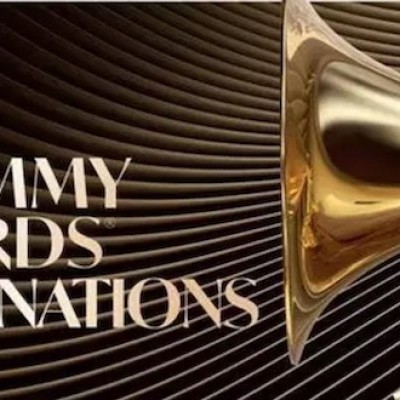
To see the complete list of nominations for the 2026 Grammy Awards, go to grammy.com.
Nov 11, 2025 12:35 PM
The nominations for the 2026 Grammy Awards are in, with plenty to smile about for the worlds of jazz, blues and beyond.…
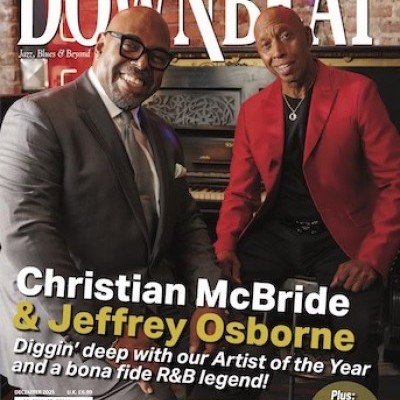
Nov 13, 2025 10:00 AM
For results of DownBeat’s 90th Annual Readers Poll, complete with feature articles from our December 2025 issue,…
